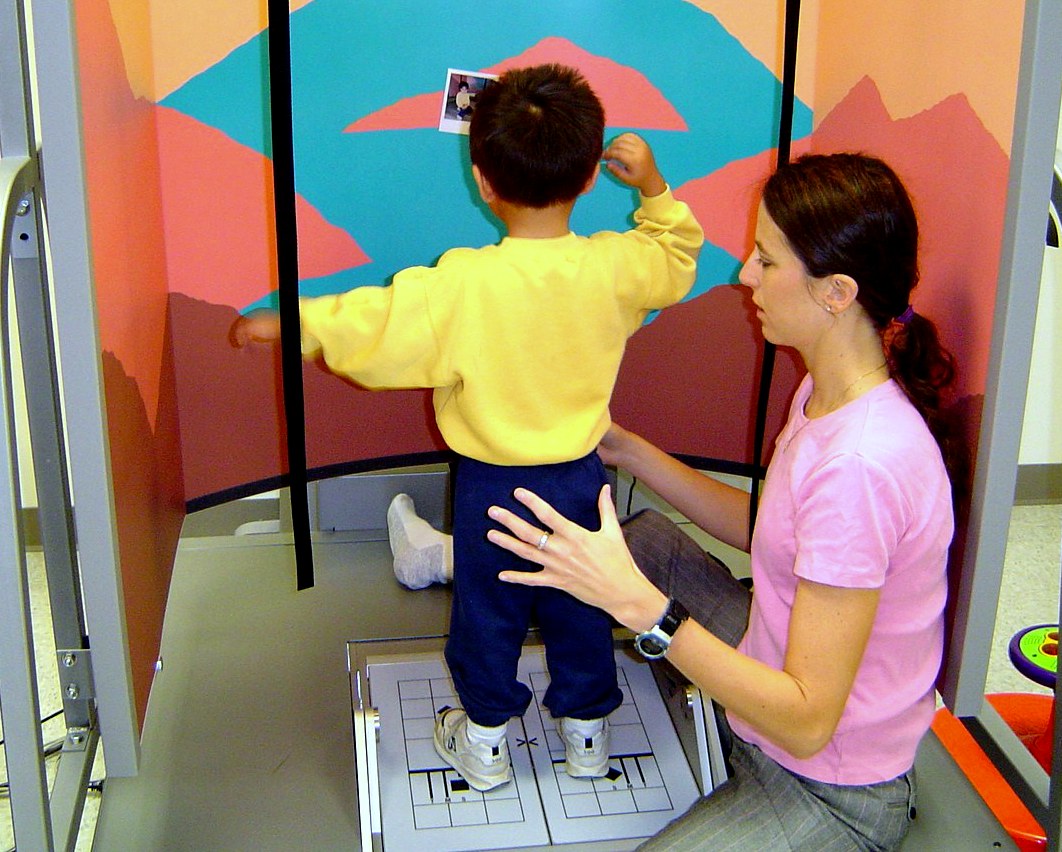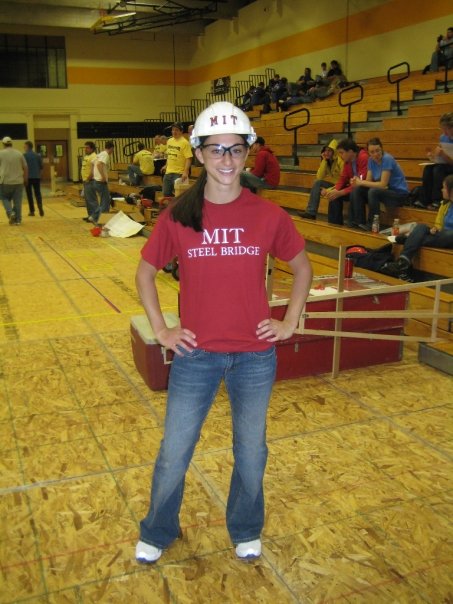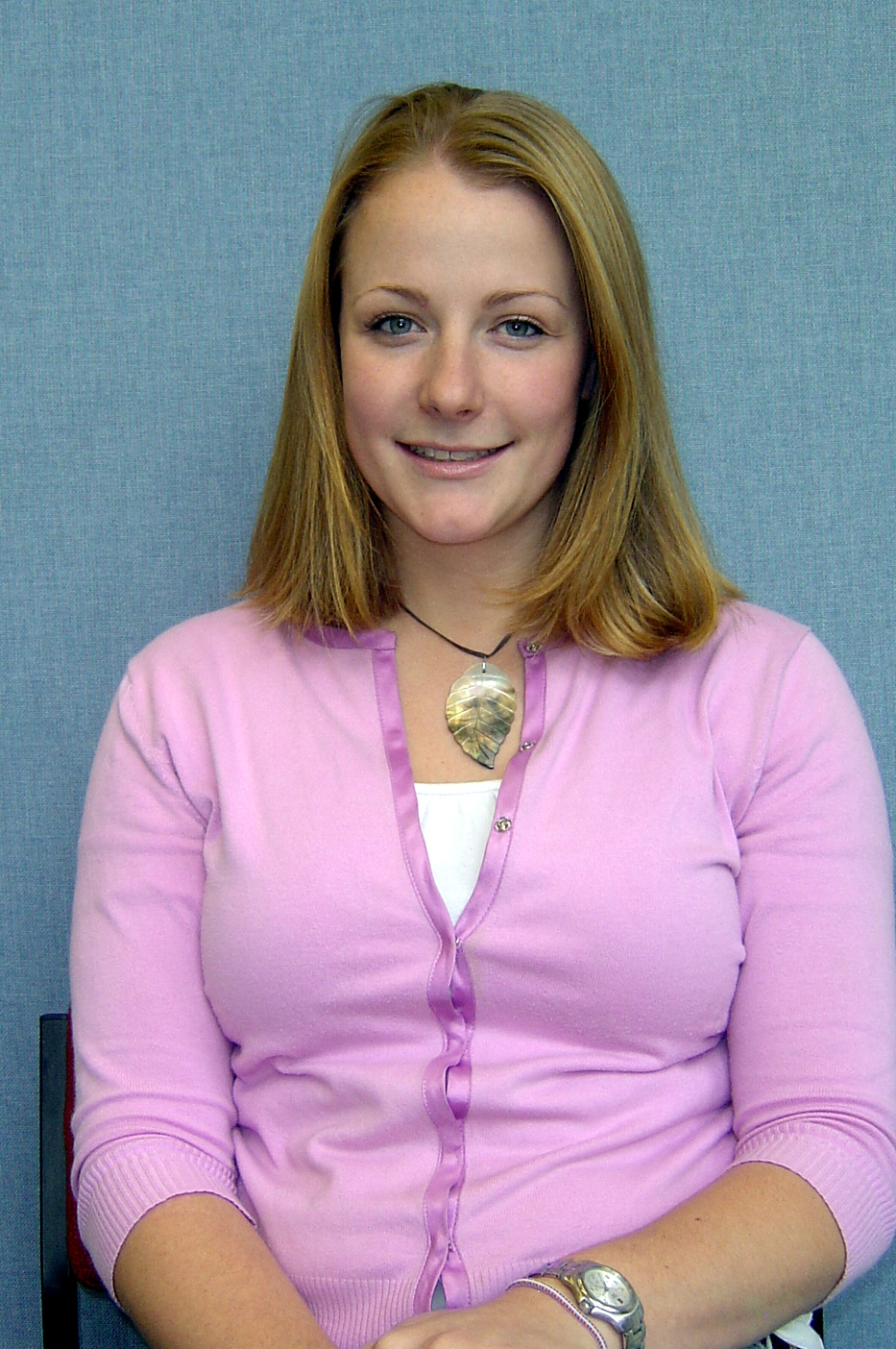 |
|
Dr. Michelle OlsenJob: I am an assistant professor/principle investigator in the department of Cell, Developmental and Integrative Biology at UAB. The majority of my time is spent running my research lab and performing experiments. I train graduate students and undergraduate students on all aspects of science, including: experimental techniques, scientific writing and data interpretation (our own data and that generated by other labs). I also teach graduate level courses on the topic of Neuroscience.How I use science: The focus of my lab is to understand how astrocytes, a type of cell in the brain, contribute to brain development. We are also interested in how these cells function differently during abnormal brain development, i.e. pediatric epilepsy. A primary question of the lab is -‘does abnormal astrocyte function contribute to disease pathology?' Fun Fact: The number of astrocytes in relation to neurons in the brain is directly related to a species complexity and intelligence. For instance, in a frog the astrocyte to neuron ration is approximately 0.4:1, in a rat 0.6:1 and in humans nearly 2:1. This makes astrocytes the most numerous cell type in the human brain. 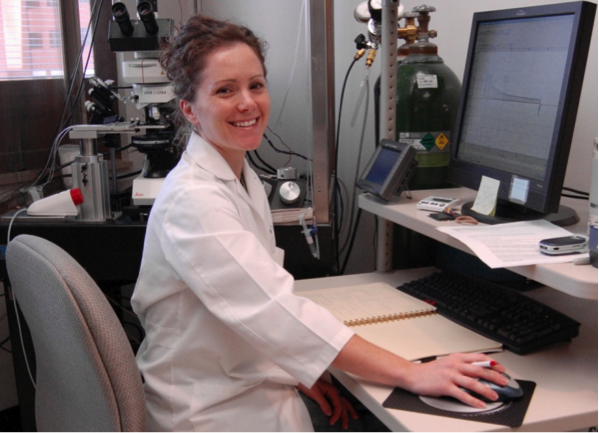 |
|
Tandy Dolin PetrovJob: I am a graduate student finishing up my master’s degree in terrapin conservation and ecology and getting ready to begin my Ph.D. in the field of epigenetics and chromatin structure. As a graduate student I get to teach various labs including field labs where I take students around Birmingham to adventure into the many ecosystems in our urban environment. I also conduct my own research in the lab and continue to take classes in biology related fields.How I use science: Diamondback terrapin are a keystone species found exclusively in brackish estuaries within salt marshes along the coast of the United States. Historically, they were used in turtle soup before prohibition and even landed a sales tax on them here in Alabama. However, because of increased commercial crab fishing and increased predators, the terrapin population is declining. To remediate their decline, the Wibbels lab runs a headstart program that gathers eggs from nesting mothers and raises them in the lab until they are big enough to avoid predation. This offers a unique opportunity to study hatchling life history and ecology as well as how mothers invest resources into their offspring. By studying the terrapin in the lab, we can hopefully increase their population and understand how to facilitate management of their ecosystem in the salt marsh. Fun Fact: The environment can sometimes add information onto your DNA so that the event can be remembered! This is known as epigenetic modification. We know it exists because when we look at the chromosomes from one time period, cause an environmental effect to happen, and look at the chromosome at a later time, they have structural changes. It’s similar to scaffolding on a building that is under repair or renovation. 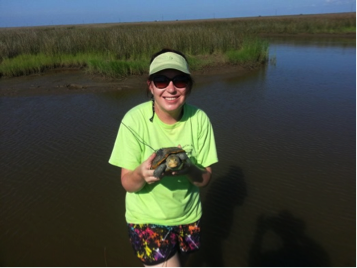 |
|
Kendra RoystonJob: I’m a PhD student in the department of biology at the University of Alabama at Birmingham. As such I’m required to take classes that relate to my field of study and do research. There is quite a bit of trial and error in what I do, but through those ‘mistakes’ come new discoveries! I even have a student that I teach new techniques to.How I use science: As a member of the Tollefsbol lab, my focus is chemo-prevention via the consumption of dietary compounds. Epigenetics is the study of heritable mutations in DNA that aren’t a result of the changes in underlying DNA sequence. I am interested in studying those epigenetic modifications through the incorporation of dietary compounds like cruciferous vegetables in hopes of discovering more effective preventative measures for cancer development. Mom always said to eat your vegetables, and my research is providing evidence for why mom is correct to encourage you to eat your vegetables! Fun Fact: Sulforaphane, an isothiocyanate derived from cruciferous vegetables such as broccoli sprouts, has been shown to promote apoptosis (programmed cell death) and decrease proliferation in cancer cells! 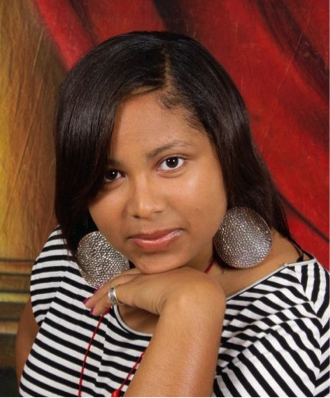 |
|
Katie BeaufaitJob: I am an undergraduate student in the Department of Biology at UAB studying molecular biology. As an undergraduate I take classes and do research in a lab on campus.How I use science: Epigenetic changes are changes to the DNA that do not actually change the code (the bases), but how the code is read. My lab is looking at some proteins in fruit flies that play with these epigenetic changes within the fly's genome. In particular, called HP1b that no one knows how exactly it works. I use science to look at the DNA and how the protein created by this HP1b gene interact to try to figure out what/how it is effecting the fly. This research is important because there is a similar gene in humans that is associated with cancer. If we can understand how the gene works in fruit flies it may help us understand how the gene works in humans. Fun Fact: As an undergraduate student I have gotten a chance to take many different types of biology classes and work in different research labs. One of my favorite experiences was Phage Genomics, where I got to purify my own mycobacteriophage (a special kind of virus). I got to name it and put it in the national database where other scientists around the world can look at it and study it if they want (http://phagesdb.org/phages/JamiesaursRex/). 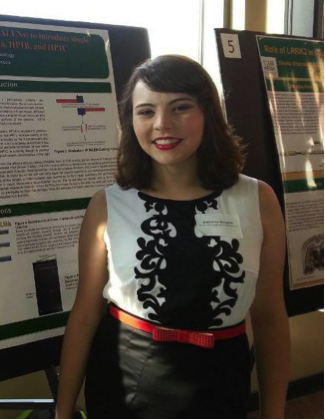 |
|
Rachel TatemJob: Hi, my name is Rachel Tatem and I'm a quality engineer for a medical device company called Edwards Lifesciences, which specializes in design and manufacturing of prosthetic heart valves (one-way valves that prevent blood from flowing the wrong way in the heart). I work primarily with transcatheter heart valves, meaning that the valve is designed to crimp down and fold inside a very thin tube, and then that tube is inserted into the heart and the prosthetic valve can be opened up and placed from there. This design is especially great because it means that you can put a prosthetic valve inside a person without having to resort to open heart surgery! I enjoy my job because it is really easy to see the value of your work. Just hearing the stories of patients whose lives were saved by our technology is very satisfying. When you're still in school, sometimes it's difficult to see where all of the work and studying is leading, but it's important to remember that all of the knowledge you acquire can be used to do something truly meaningful.
How I use engineering: As a quality engineer, I get to work on the company's newest, most confidential products and make sure that as they are designed, all of the risks of using the device have been discovered and tested and that the device is safe to put in a human being for the first time. Fun Fact: I have many hobbies in addition to engineering. I was a gymnast for 15 years, and now I channel all of that energy into aerial/circus arts. I love being up in the air, learning new skills, balancing upside down, and performing like I'm actually in the circus. I also live in Los Angeles close to the ocean so I spend a ton of time at the beach either surfing, soaking up the sun, or spending time with my friends.
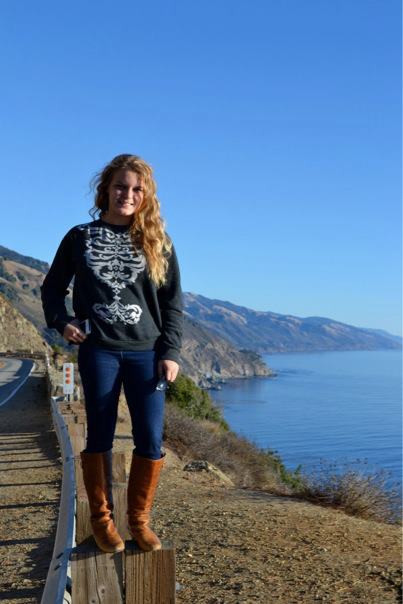 |
Olivia DelmasJob: I’m a molecular biology major working in a research lab on campus. Our lab uses fruit flies to help us understand the function of some proteins in humans. I’m learning about many laboratory techniques that help scientists study genetics. In addition to learning these molecular biology lab techniques, part of my job is making sure the fruit flies stay healthy. They need to be given fresh food at least every three weeks. I love being in a research lab because I get to figure out the answers to questions that other scientists have today.How I use science: I use modern scientific techniques to figure out the function of a protein in fruit flies. Proteins have many functions in the body, and scientists are still trying to figure out what all of them do. Some proteins work as enzymes that help the cell function properly. Some proteins help the cells maintain their shape. Other proteins, like the ones I’m working with, determine which genes are expressed and which are not. We are mutating these genes that make the proteins and trying to observe how the flies behave. Fun Fact: I’m also a volunteer for another research lab on campus. Their research focuses on diamondback terrapin turtle conservation, a native species to Alabama’s bay areas. I get to feed the turtle hatchlings and clean their water when it gets dirty. 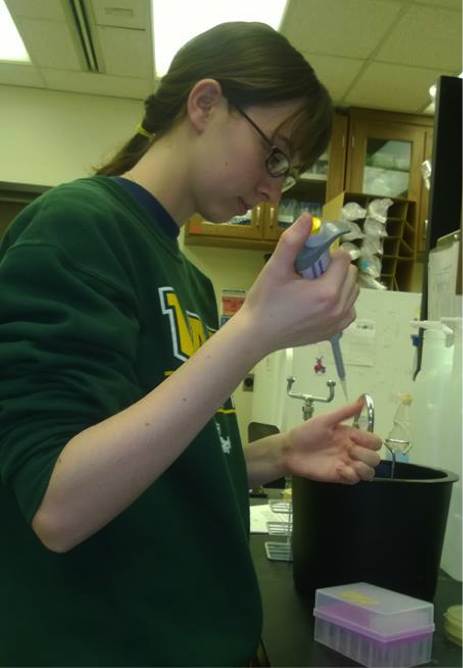 |
|
Julia SharpeJob: I work as a mechanical engineer at a DNA sequencing company. My company is taking a technology developed in a Harvard University lab and turning it into a device that can be used in hospitals. With our device, doctors will be able to determine exactly which drugs a patient with cancer will respond to best based on very small segments of DNA. My skills as a mechanical engineer are critical to help take a technology designed in a laboratory and transform it to a platform where a minimally trained user can perform tests accurately.
How I use science: I used 3D modeling software and physics principles to design the individual components that make up our device. With a 3D model, I can use software to measure how the part will react to various forces and vibrations. Parts modeled in the 3D software can either be machined from large pieces of metal or plastic using computer controlled machines, or it can be built from scratch using a 3D printer.
Fun Fact: The case of a Macbook Pro laptop is machined from a single piece of aluminum using 9 different milling operations. A mill is like a drill that can not only cut with its tip, can also cut with the sides of the bit, creating shapes as complex as a computer case from a solid metal slab.
 |
Dr. Jennifer ChristyJob: My job as a UAB physical therapist researcher is to find ways to help kids move and balance their bodies better so that they can do whatever they want to do. Some kids are born with an abnormal connection between their brain and muscles. When this happens, they can’t walk, run, jump, and play very well. Some kids can walk and run pretty well, but aren’t able to balance, especially when asked to close their eyes or stand on one foot. How I use science: I do fun experiments on real kids to try to find out why they are unable to balance. An example of this is when I measure how much a kid sways as he or she balances on a moving platform when the walls are also moving. I also do experiments to see if exercises will help kids with cerebral palsy walk better. For these kids, I want to see if a very intense set of exercises done every day for 3 weeks will improve their abilities. Fun Fact: Right now, my very favorite brain structures are the basal ganglia and cerebellum. These parts of the brain are critical to help us to move smoothly. They also help us to dance and have rhythm! |
|
Kayla BieserJob: I am a student and Ph.D. candidate in the Department of Biology at UAB. As a Ph.D. student I do research in the lab, take classes, and teach biology labs to other students. How I use science: Turtles do not have sex chromosomes like humans do (XX is a girl and XY is a boy in humans) to determine if they will be a girl or boy turtle. Instead their sex (girl or boy) is determined based upon the incubation temperature of the turtle egg. Biologists know that temperature determines the sex of the turtle embryo, but they do not know how temperature acts to determine the sex. Therefore, I use science to study the genes in turtle embryos to learn how they regulate sex. This research is important because many species of sea turtles are endangered and at risk of extinction in part due to global climate change. Learning more about how their sex is determined may help us to save and protect these species. Fun fact: You cannot tell the gender of a young turtle (whether it is a boy or a girl) just by looking at it. It is hard to tell the gender even in some adults turtles. Features you would look for to decided if a turtle is a girl or boy are the size of the tail, the length of their nails, the shape of their belly (the plastron), and the size of the turtle.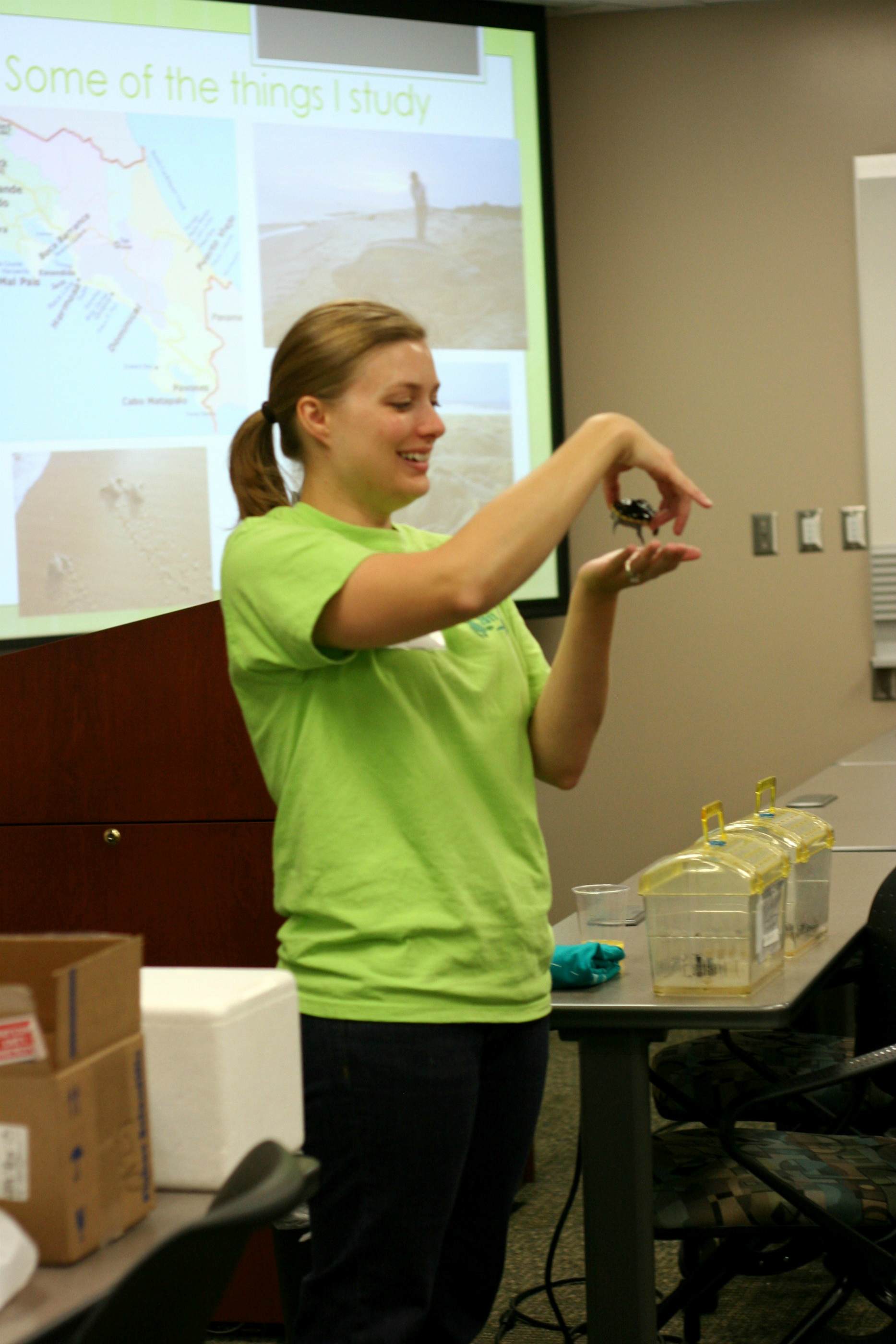 |
Gina PolicelliJob: As a civil engineer with a construction company, I'm currently working to build a 10-story biomedical research facility. At work, I lace up my workboots, don a hard hat, and go outside on the construction site. It's my job to oversee lots of activities throughout the job site, such as the crane and bulldozer operators, the carpenters and the electricians, and I need to make sure everyone is doing their job safely. While architects decide what the building will look like, it's my job to figure out exactly how the building will get built. How I use science: I use math and science to calculate what kind of forces will act on the building, like wind and gravity, and whether the structure will support all those forces. I then model the building with a 3D computer modeling program and use more math to figure out exactly how large every single beam, column, nut, and bolt needs to be so the structure will stand up for many, many years. I also get to test some of the materials we use on site, including steel and concrete, to make sure they are strong enough to support the building. Fun fact: To test the strength of concrete, I perform what's called the "slump test". I pour some concrete in a large, upside-down funnel, tamp it down using a very precise method and measure how much it slumps when I remove the funnel. It's just like building a sandcastle with concrete! |

